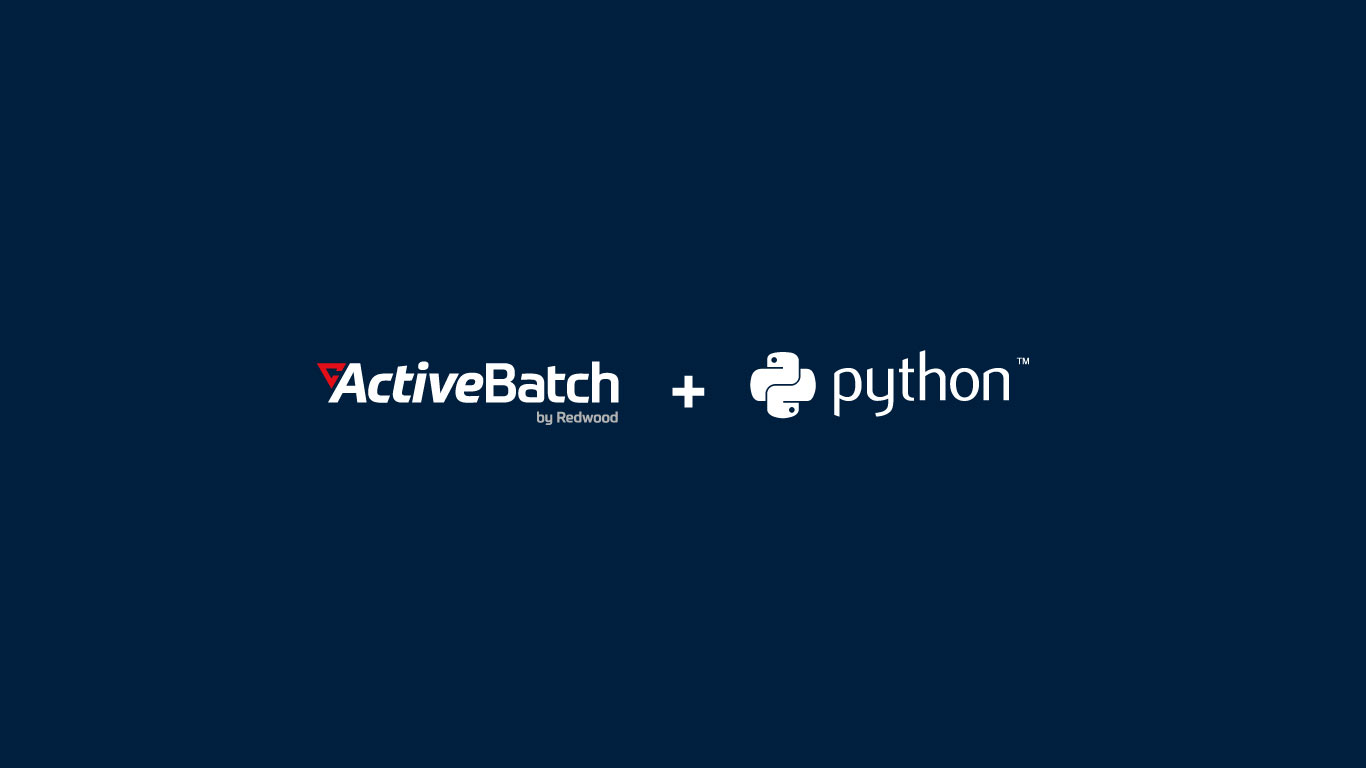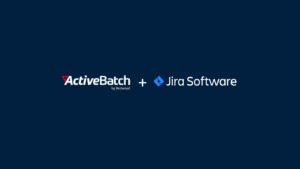4 key workflow orchestration tools in Python
Learn about four popular workflow orchestration tools that use Python and determine which works best for your use case.

As technology gets more complex, there’s a growing need for scalable and efficient ways to handle intricate processes. Workflow orchestration has become a crucial tool for automating these complex processes at scale.
In this article, we’ll focus on the top workflow orchestration tools in Python, a language revered for its simplicity and power. We’ll show you four top tools and explain how to choose the best one for your use case.
What is workflow orchestration?
Workflow orchestration refers to the automated management of tasks and coordination of various processes. These processes could range from simple data workflows to more intricate data processing tasks undertaken by data engineers. The end goal? Streamline complex operations, thereby boosting efficiency.
Why Python is the best language for workflow orchestration
Python is a versatile language tailor-made to simplify the orchestration of business processes and data pipelines. Not only does it have an extensive ecosystem, but it’s packed with open-source tools and libraries that make data processing and process automation a breeze.
It’s also accessible and backed by a strong community committed to developing new features. Platforms like GitHub host a multitude of Python packages that cater to various use cases. Libraries such as Pandas and NumPy streamline data manipulation, while integration with platforms like AWS ensures workflows are scalable.
The ability to seamlessly connect with APIs and configure parameters through simple pip install commands facilitates a smoother development process and frees developers from common roadblocks they might encounter in languages like Java.
Moreover, Python’s template-like script structure makes it quick and easy to set up data orchestration frameworks, which is crucial if you’re looking to leverage data as a strategic advantage.
How to select the best orchestration software
The “best” orchestration tool largely depends on your specific requirements. Depending on your industry and business size, your workflows can vary in complexity. And your business goals may support different software decisions.
For example, are you primarily focused on data science and machine learning?
Whatever your needs, explore your options and read user experiences on forums and GitHub repositories to select the best orchestration tool for the job.
Regardless of which particular features you’re looking for, don’t forget to consider the following factors as your vet orchestration platforms:
- Scalability: Does the tool have the capacity to scale as your data volume and process complexity increase?
- Extensibility: Can you easily add new features or integrate with other systems?
- User experience: Is the tool easy to use, and does it have an active support community?
- Error handling: How robust are the tool’s capabilities in managing and recovering from errors?
4 key Python orchestration tools
Here, we’ll investigate four workflow orchestration tools that support Python.
1. Apache Airflow
Apache Airflow is an influential and versatile open-source platform designed to author, schedule and monitor workflows programmatically. It’s scalable, using directed acyclic graphs (DAGs) to manage task (node) dependencies and ensure that execution sequences are precise. Enterprises that handle large datasets or need to process tasks across multiple servers or SQL databases enjoy Airflow’s ability to handle an increasing load.
Thanks to its plugin architecture and rich APIs, Airflow is also highly extensible. It supports custom operators, hooks and extensions, which allow users to tailor the tool to their needs. Airflow can be adapted to virtually any environment or requirement. Users especially like the option to set up convenient Slack notifications.
Its user interface includes features such as visualization of DAGs, making it easier for teams to monitor and debug their workflows.
2. Dagster
Dagster is a newer solution in the workflow orchestration landscape, designed with no-code, drag-and-drop options for data pipeline orchestration. It’s made for easy data flow development, production and observation.
Dagster supports graphs of functional dependencies, so it gives a clear and logical structure to data pipelines and makes each component easily testable. Developers find debugging with Dagster a smooth experience.
Its partitioned runs and dynamic config capabilities provide mechanisms for executing workflows across different environments and conditions. This adaptability makes it suitable for use in complex workflows that require conditional logic.
Dagster’s unique selling point is its strong connectors. It fits into any modern data stack and interfaces effectively with tools like Dask and various cloud services like Google Cloud.
3. Luigi
Developed by Spotify, Luigi is a Python module that aids in building complex pipelines of batch jobs through structured chaining. It provides an organized way to manage dependencies between jobs and ensure workflows progress smoothly from start to finish.
Luigi’s focus on reliability and efficiency makes it ideal for scenarios where failure recovery is crucial, such as in large-scale data processing or batch-processing environments.
One of Luigi’s standout features is its built-in support for numerous big data technologies, including Hadoop, Apache Hive and Apache Spark. It can handle workflows that integrate with data lakes.
Its dashboard lets users see job progress and history in real time — an invaluable feature for auditing and understanding operations.
4. Prefect
Many consider Prefect a modern alternative to Airflow, as it has a more user-friendly interface and robust error-handling capabilities, including automated retries for failed tasks. Prefect’s core philosophy is to prevent and handle failures gracefully.
Its hybrid execution model allows workflows to be executed locally or on a managed cloud service. Users can maintain control over their workflows regardless of where they’re executed.
Prefect is accessible to those not well-versed in programming because of its high-level interface for defining and executing workflows. With a user-friendly dashboard, it offers detailed insights into execution states to support transparency and governance.
Choose effortless workflow automation
The world of workflow orchestration in Python is vast and ever-evolving. Whether you’re a data scientist, a business professional or a developer, leveraging these tools can vastly improve operational efficiency. As you venture deeper into workflow orchestration, consider ActiveBatch your go-to partner.
As the easiest-to-use workload automation platform in the marketplace, ActiveBatch supports your orchestration goals. With features tailored for developers and a keen emphasis on script management, it offers many essential features, including robust open-source orchestration and seamless integration with platforms like Azure. Demo ActiveBatch to find out what’s possible.
Python workflow orchestration FAQs
Automation and orchestration may seem similar, but they serve distinct functions in IT and business workflows. While automation involves the autonomous execution of tasks, orchestration manages the interconnection and sequencing among these automated tasks to achieve a streamlined workflow.
Discover why digital businesses require the orchestration of end-to-end, automated processes to accelerate data and business results.
A workflow orchestration tool is sophisticated software designed to automate and coordinate multiple tasks within a complex workflow. These tools enhance operational efficiency and reliability by providing a framework that can manage dependencies, handle errors and ensure tasks execute based on predefined rules. They often come with capabilities such as monitoring, logging and alerting, which are critical for maintaining the integrity and performance of automated processes.
Learn more about job orchestration tools and how they enable IT to string automated jobs into end-to-end processes.
In Python, orchestration refers to using Python scripts to automate and synchronize various tasks and processes within a software or data ecosystem. Powerful Python libraries like asyncio and frameworks like Celery make the language an ideal choice for developing systems that require integration of disparate applications.
Discover the role of job orchestration frameworks in enhancing task execution and efficiency within digital operations.
Extract, transform and load (ETL) tools and workflow orchestration tools are both important for data handling and business process management, but they serve different purposes. ETL tools focus on data transformation and movement, transferring data from one storage system to another. Workflow orchestration tools provide a broader range of functionality, including coordinating interdependent tasks that may involve decision-making, resource allocation and process management across different business units.
Learn all about the ETL automation process.







